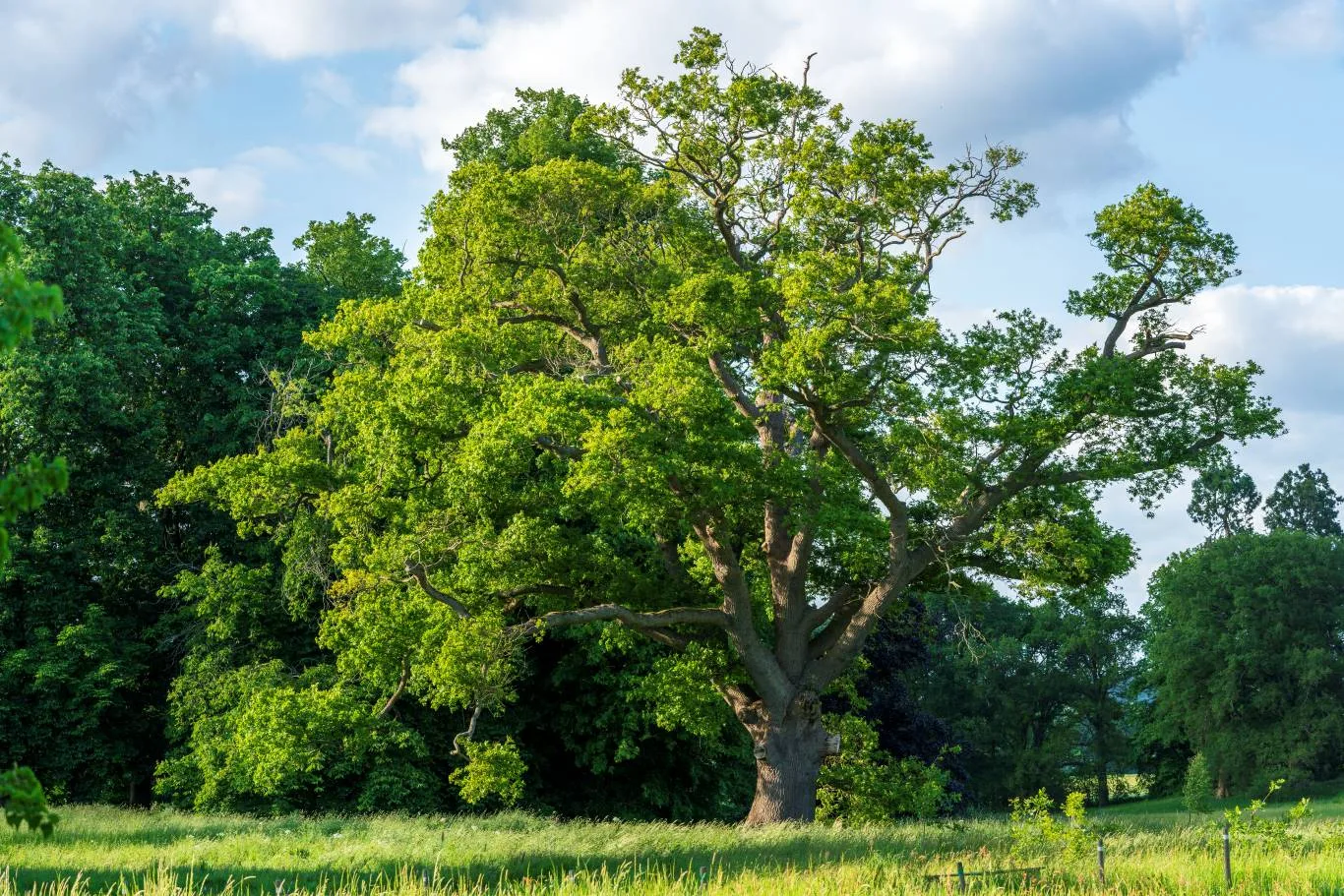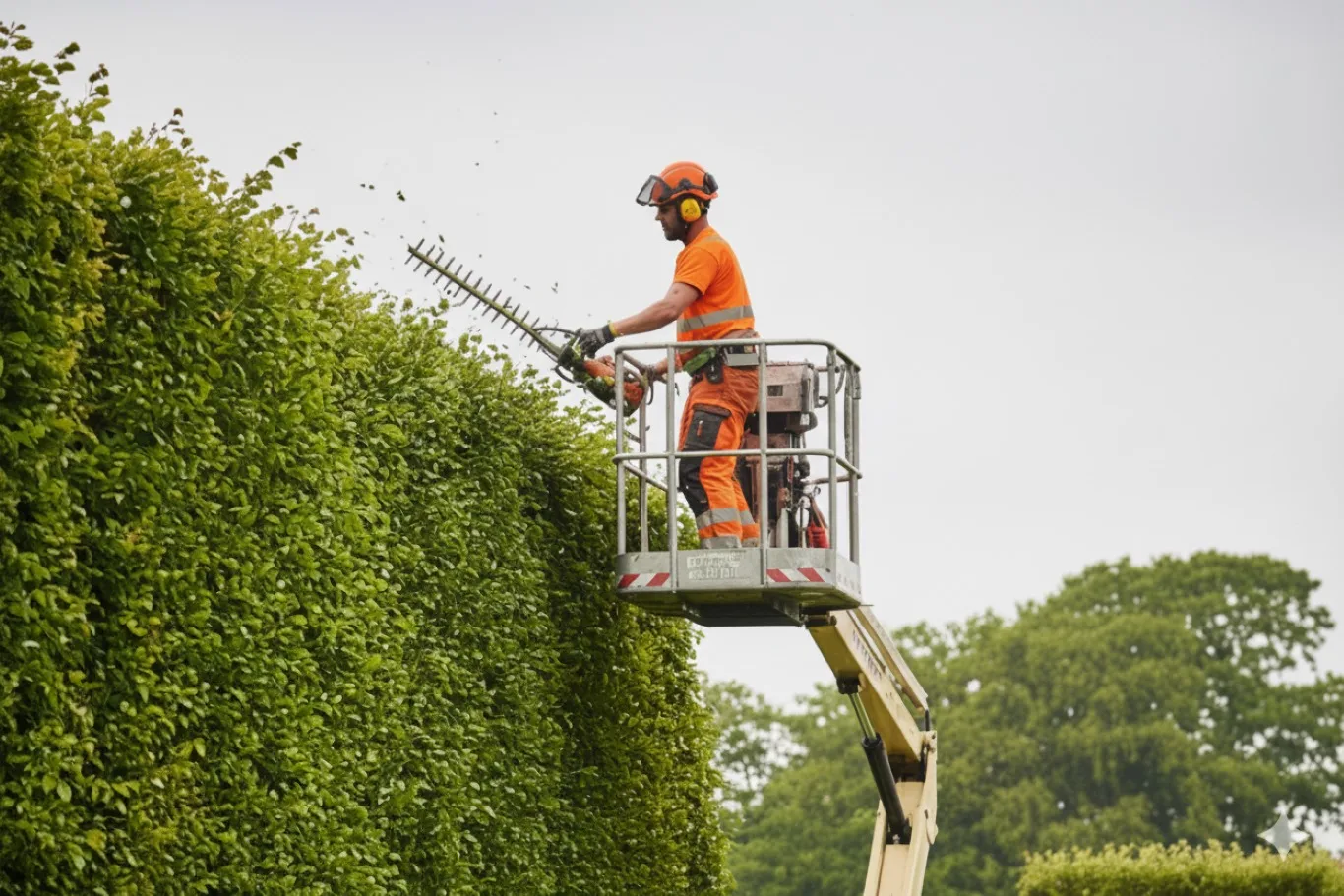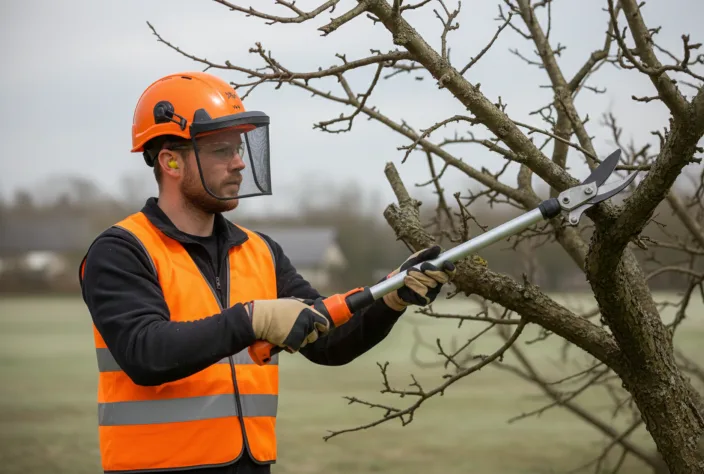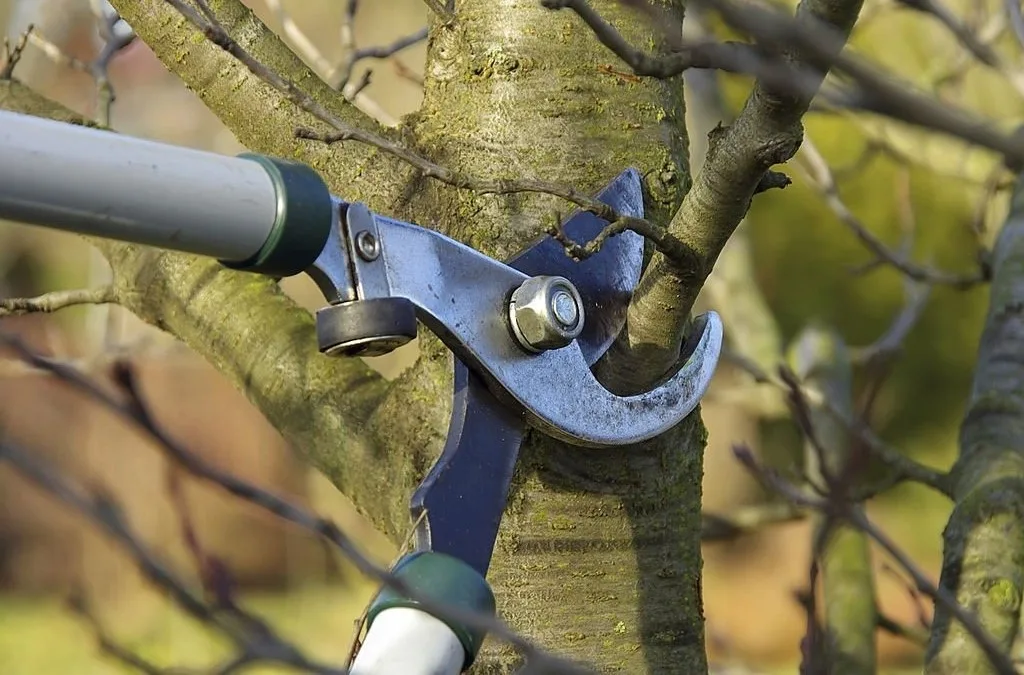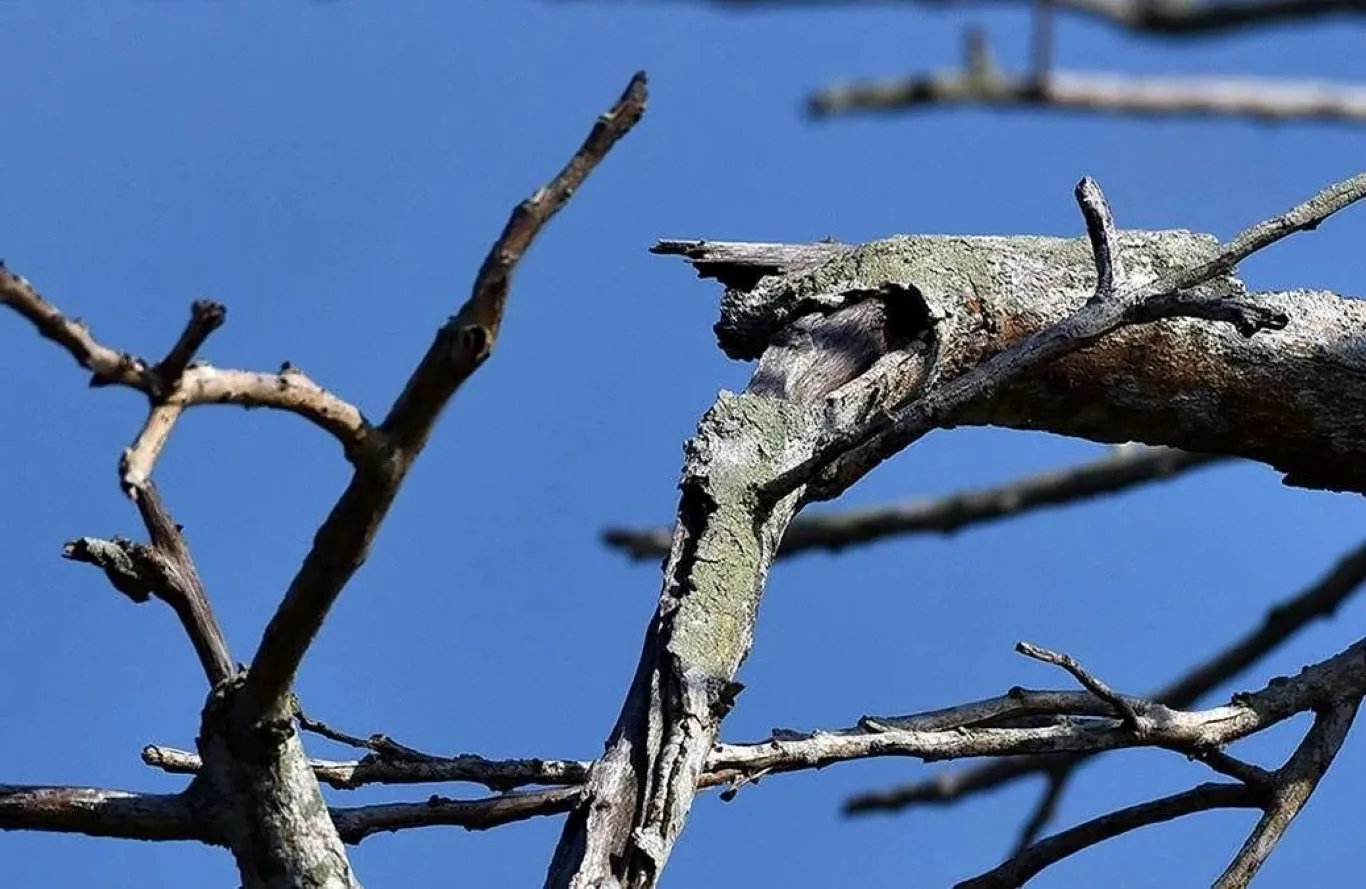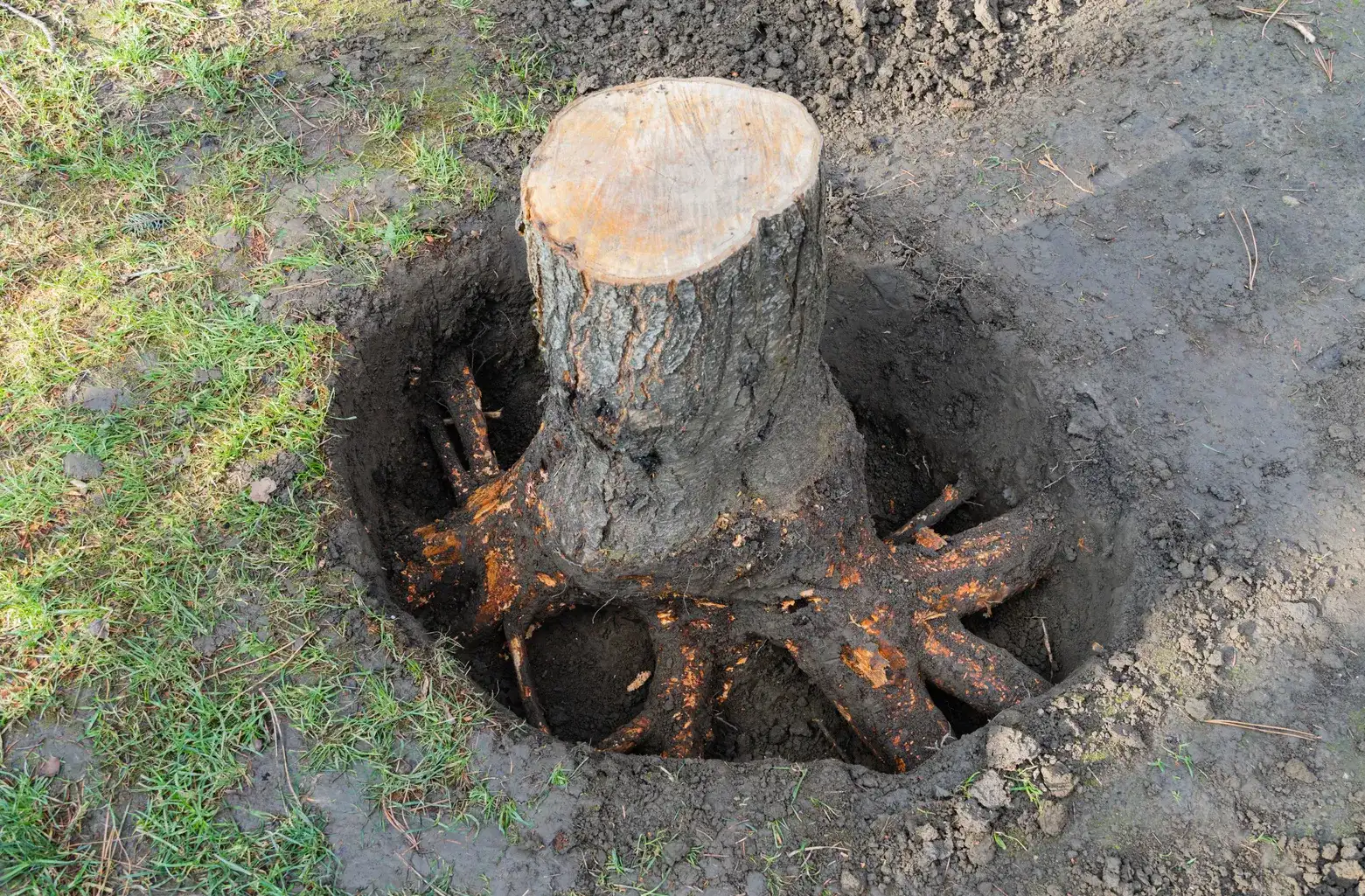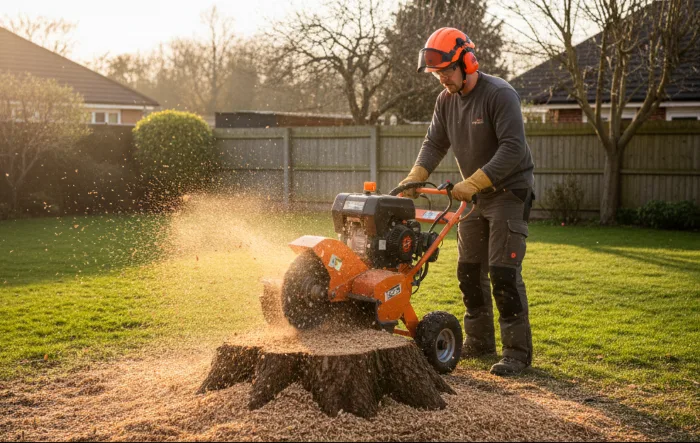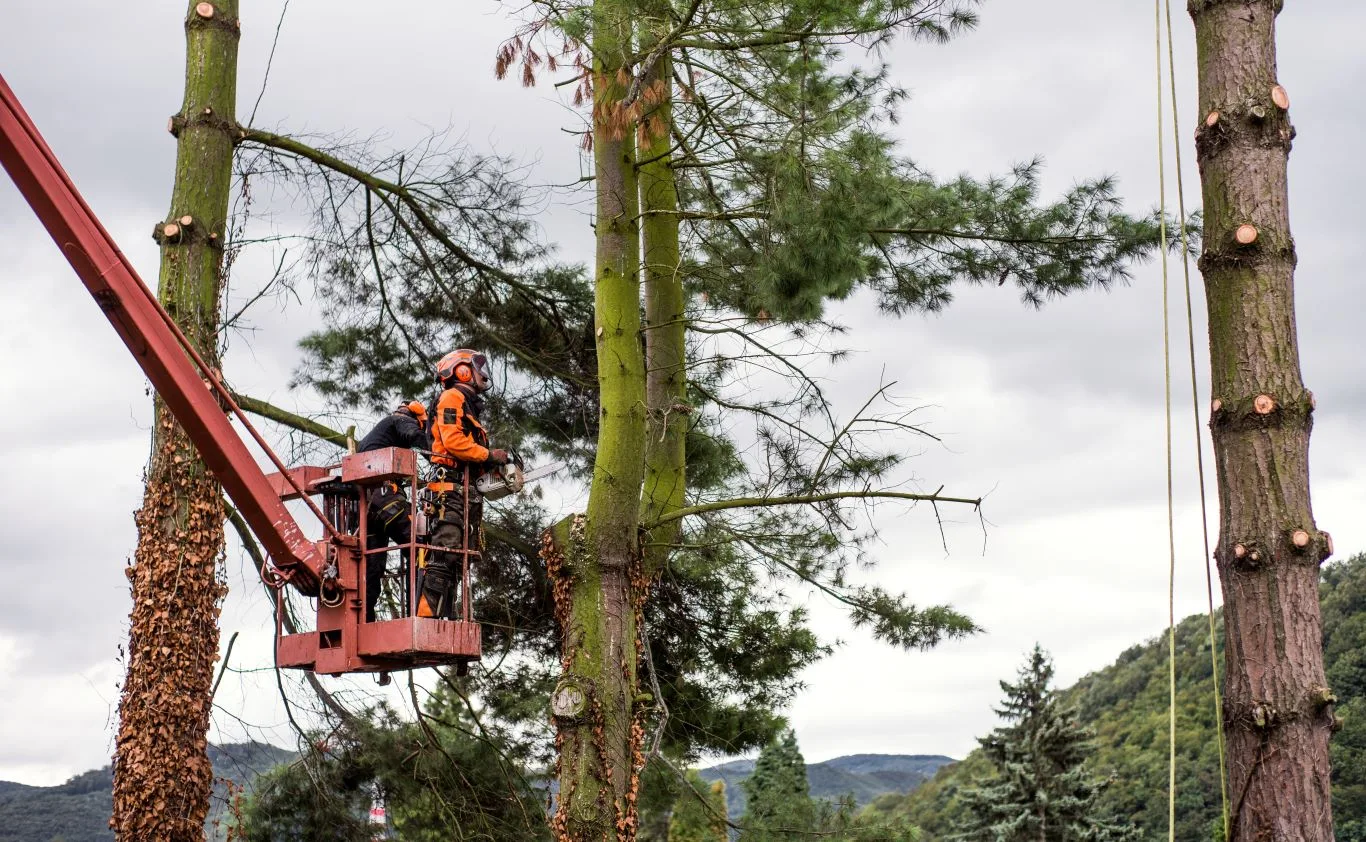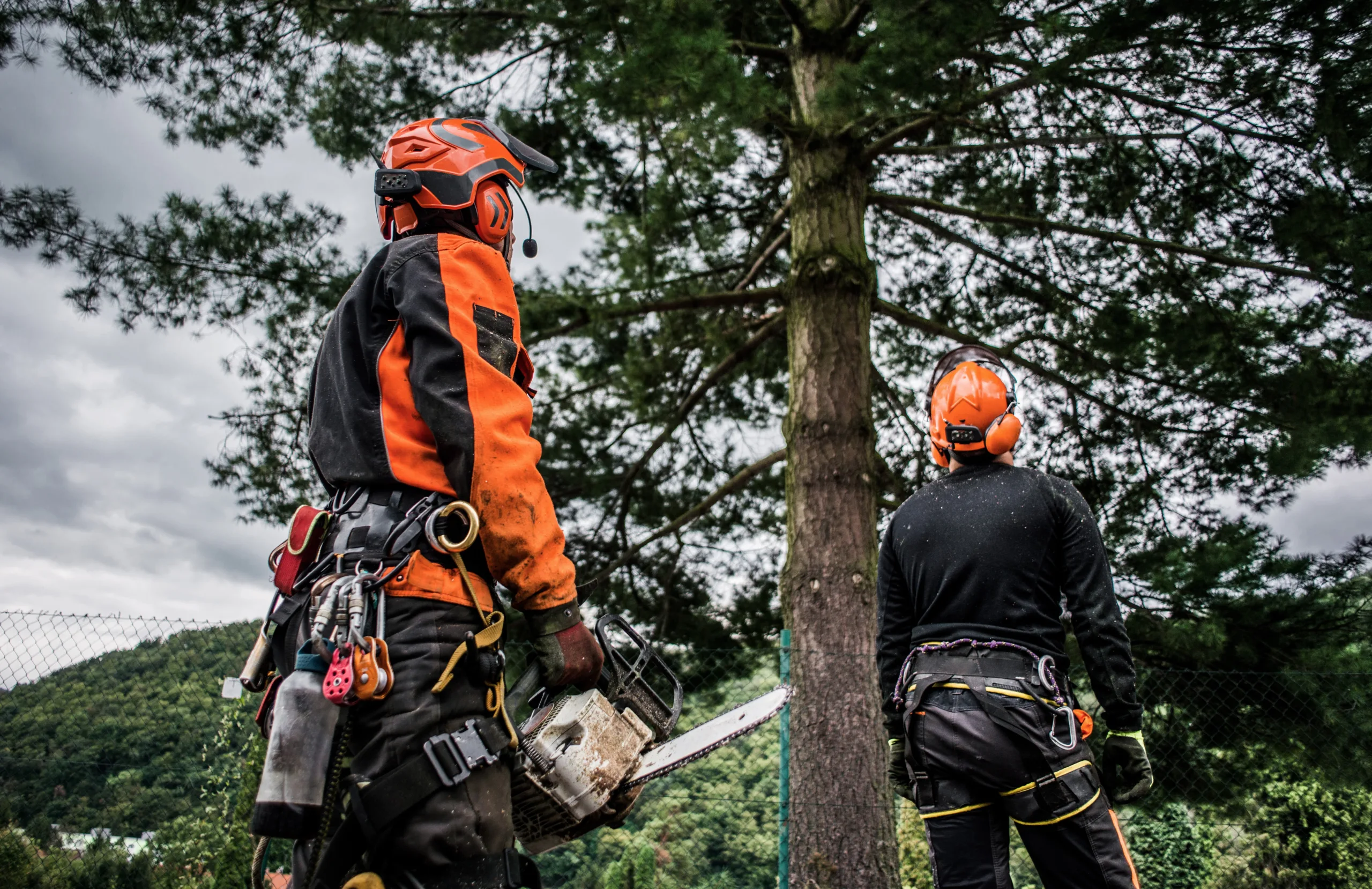Across the rolling countryside, shaded woodlands, and historic landscapes of the United Kingdom, British native trees stand as living testaments to centuries of natural history. From the mighty oak to the graceful silver birch, these trees are an essential part of Britain’s identity—supporting wildlife, protecting the environment, and adding timeless beauty to gardens and forests alike.
For property owners and land managers, understanding the importance of Britain’s native trees is not just about appreciation—it’s also about preservation and responsible care. That’s where professional tree specialists like Chigwell Tree Services come in. Known for delivering affordable and expert tree care services throughout Essex and nearby areas, they help ensure that the UK’s treasured trees remain healthy, safe, and well-maintained.
Get in touch on WhatsApp and request your free quote now :
What Are British Native Trees?
A native tree is one that has naturally evolved and established itself in the region without human introduction. In Britain, this generally means trees that have been growing here since the end of the last Ice Age, around 10,000 years ago. These species have developed alongside native wildlife and play a vital role in maintaining ecological balance.
Common native trees of the UK include:
- Oak (Quercus robur and Quercus petraea) – Known as the “king of British trees,” the oak supports more wildlife than any other native species.
- Silver Birch (Betula pendula) – A light, elegant tree that acts as a pioneer species, helping to restore woodland habitats.
- Scots Pine (Pinus sylvestris) – The only native pine species in the UK and Scotland’s national tree.
- Rowan (Sorbus aucuparia) – Often called the mountain ash, its berries are a vital food source for birds.
- Holly (Ilex aquifolium) – An evergreen symbol of winter and a natural refuge for small birds and insects.
Why British Native Trees Matter
British native trees are much more than ornamental features; they form the backbone of our environment. Their value extends from ecological to cultural significance.
1. Biodiversity Support
Native trees provide essential habitats for hundreds of wildlife species—everything from nesting birds and bees to fungi and lichens. The oak tree alone supports over 2,000 species, making it a biodiversity powerhouse.
2. Climate Regulation
Trees absorb carbon dioxide and release oxygen, playing a crucial role in combating climate change. Native trees UK varieties are especially suited to the local soil and climate, which makes them resilient and effective in carbon storage.
3. Soil and Water Conservation
Roots from trees like ash and birch prevent soil erosion and help regulate the water cycle, maintaining healthy ecosystems.
4. Heritage and Aesthetics
Many native trees of Great Britain have deep cultural roots, featuring in folklore, literature, and national symbols. Ancient oaks and yews often mark historic sites, churches, and ancient pathways.
Most Recognised British Native Trees
Let’s explore some of the most common and beloved UK native trees you might encounter across woodlands, parks, and rural landscapes:
Oak (Quercus species)
The English oak and sessile oak are perhaps the most iconic of all native trees UK. These trees can live for over 1,000 years, symbolising strength and endurance.
Silver Birch (Betula pendula)
Recognisable by its white, peeling bark and delicate leaves, the silver birch thrives in many environments and helps rejuvenate poorer soils.
Hawthorn (Crataegus monogyna)
Also known as the May tree, hawthorn produces beautiful spring blossoms and provides dense hedgerows for birds and insects.
Hazel (Corylus avellana)
Commonly found in ancient woodlands, hazel is valued for its nuts and coppicing uses—sustainable woodland management that encourages regrowth.
Rowan (Sorbus aucuparia)
Rowan trees bring vibrant colour to upland areas and are steeped in folklore, often believed to ward off evil spirits.
Yew (Taxus baccata)
A symbol of immortality, yews are often found in churchyards and ancient burial grounds across Britain.
Planting and Caring for Native Trees in the UK
Planting native trees of the UK helps strengthen local biodiversity and supports wildlife. When choosing which trees to plant, consider:
- Soil Type: For example, oaks prefer clay soils, while birch and rowan do better in sandy or acidic ground.
- Location and Spacing: Ensure adequate light and space for each species to thrive.
- Long-Term Maintenance: Regular pruning, pest monitoring, and professional care help prevent disease and maintain structural stability.
If you’re unsure which native trees UK species best suit your property, professional advice from experts like Chigwell Tree Services can be invaluable. Their team provides guidance on tree selection, planting, and long-term maintenance—helping you preserve your landscape naturally and affordably.
Threats Facing Britain’s Native Trees
Unfortunately, Britain’s native trees face increasing threats due to disease, invasive pests, and changing environmental conditions.
Common challenges include:
- Ash Dieback (Hymenoscyphus fraxineus) – A fungal disease affecting ash trees across the UK.
- Oak Processionary Moth – A pest that damages oak leaves and can cause allergic reactions in humans.
- Climate Change – Alters seasonal patterns, making trees more vulnerable to stress and disease.
By investing in professional tree care services, property owners can help monitor tree health, identify risks early, and implement appropriate treatments or removals when necessary.
Chigwell Tree Services: Caring for Native Trees in Essex and Beyond
Chigwell Tree Services has earned a strong reputation for professional, reliable, and affordable tree care throughout Essex and surrounding regions. Their team of qualified arborists handles everything from pruning and felling to stump grinding and tree health assessments—all with a focus on safety and environmental care.
Areas Covered
The company serves a wide range of locations, including Chigwell, Essex, West Essex, London, North London, East London, and North East London, as well as Ilford, Abridge, Aldersbrook, Woodford, Brentwood, Buckhurst Hill, Chingford, Epping, Hackney, Leyton, Leytonstone, Loughton, Ongar, Romford, Seven Kings, Stratford, Theydon Bois, Wanstead, and Barking & Dagenham.
Whether you have an ancient oak in need of preservation or a diseased ash requiring removal, Chigwell Tree Services ensures each job is carried out to the highest standard—safely, efficiently, and sustainably.
Preserving the Future of the UK’s Native Trees
Protecting native trees of Great Britain is crucial for the health of future generations. Each tree planted or cared for helps sustain the delicate balance of ecosystems, reduce carbon footprints, and maintain the natural charm of British landscapes.
With the support of skilled arborists and increased awareness, we can ensure that British native trees continue to thrive across the countryside, urban parks, and private gardens for centuries to come.

